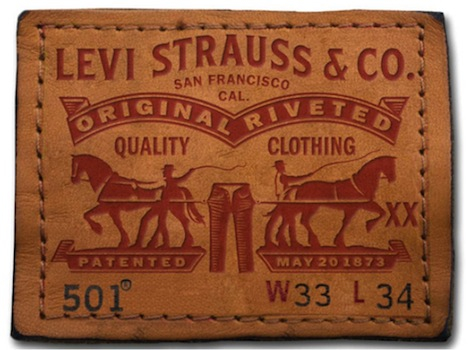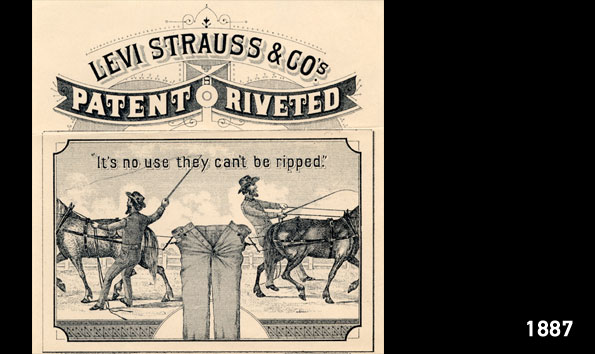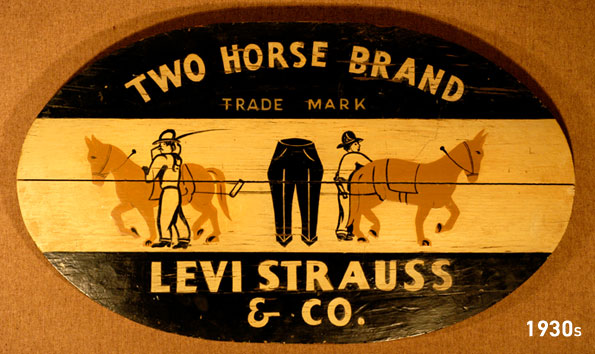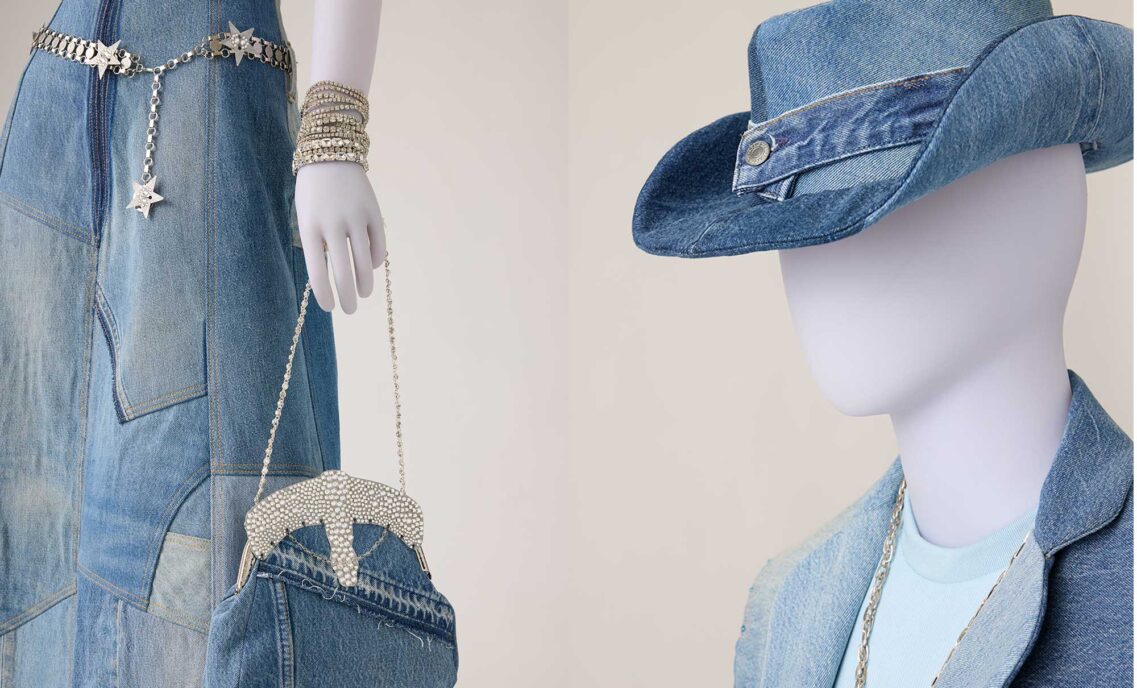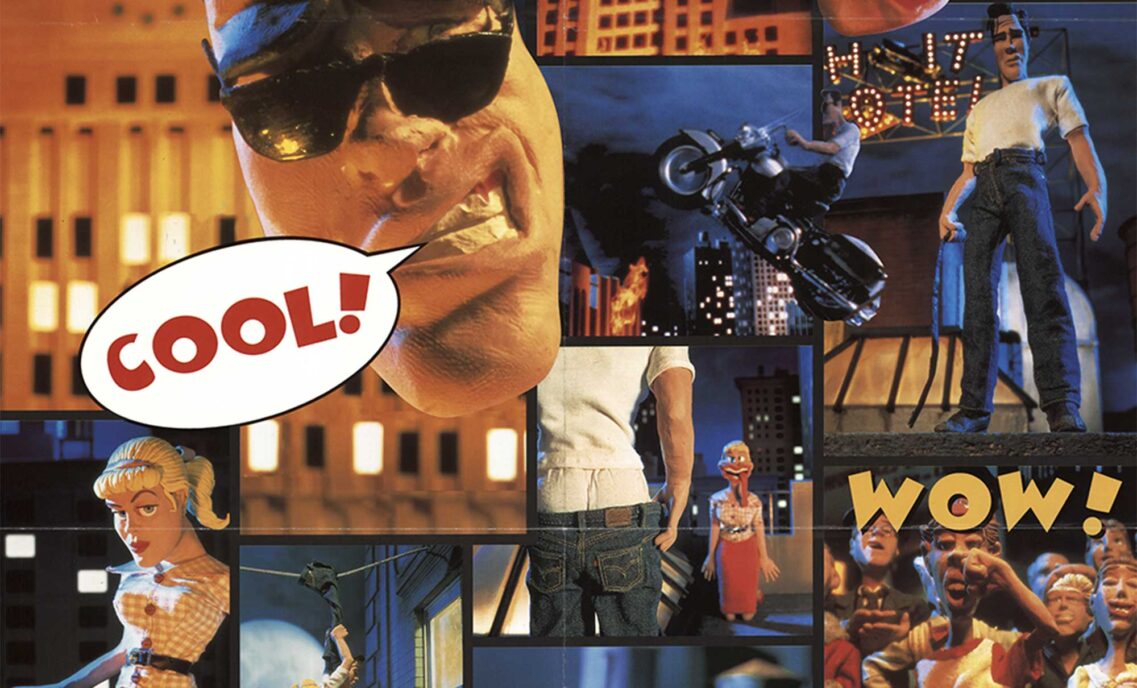Recognize the animals above? They’ve been part of the Levi’s® brand since 1886. But what you see here is something new – the freshest version of what we call the Two Horse® patch.
When you’re a company that prides itself on both heritage and innovation, you want to tell that story as vividly and compellingly as possible. And for us, the Two Horse® logo does just that.
As the company Historian, let me share a bit of history. In 1873, Jacob Davis and company founder Levi Strauss invented the first blue jeans using their patented process of securing clothing at “points of strain” with rivets. The result: strong jeans that could stand up to the hard work thrown at them by miners and other hard-working individuals of the time.
Levi Strauss & Co. knew the patent would expire in 1890, so we needed to quickly make sure consumers understood how good – and strong – the company’s jeans were. But how do you tell that story in a way that consumers could quickly grasp?
Well, one of the answers was the image of two horses – each pulling in the opposite direction on the same pair of jeans, trying in vain to tear them apart.
But that wasn’t the only reason we first used the Two Horse® logo, We understood that not all of our consumers spoke English as their first language. We also knew that not everyone in the remote West was literate. With a memorable image to guide them, our early consumers could walk into their local general store and ask for “those pants with the two horses,” and they would get a pair of Levi’s® jeans.
In fact, the product was called “The Two Horse® Brand” until 1928, when the company adopted its Levi’s® trademark.
We’ve used this design – in our marketing and on our product – continuously since the idea was first used in 1886. It’s a great concept. And it conveys a simple and important message just as well now as it did 125 years ago.
We thought it would be fun to let you see some of the many variations of the Two Horse® brand over time. Enjoy!



